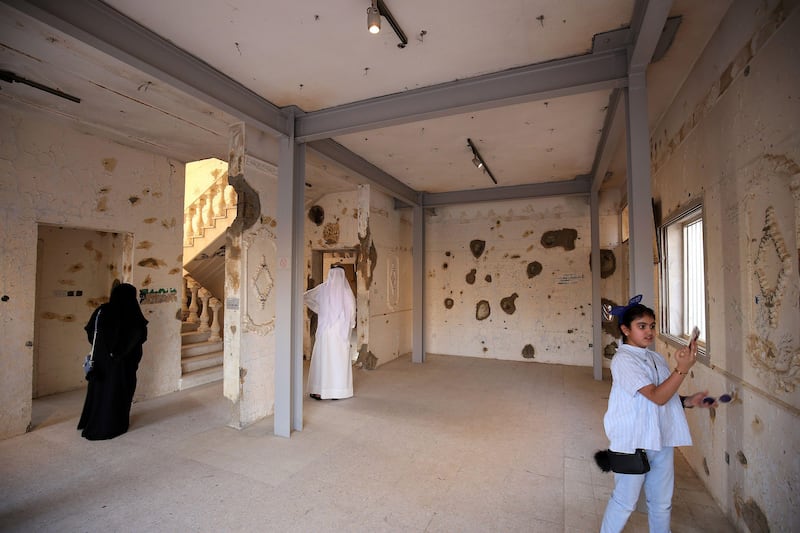On August 2, 1990, Iraqi troops invaded Kuwait. Tensions had been building over the previous months because of perceived Iraqi grievances over its border with Kuwait and oil production.
At the time of the invasion, Kuwait’s army numbered just 16,000, while Iraq had about 950,000 men, 4,500 tanks and hundreds of fighter jets and helicopters. Within hours, most resistance had faded, the Kuwaiti royal family were forced to flee and two days later, Iraq was in complete control of the country.
By the end of August, the UN Security Council called for an immediate withdrawal of all the occupying forces. Meanwhile, a international coalition of countries including from the United States, UAE, Syria, Morocco and Oman was formed – the largest military alliance since the Second World War, bringing together forces from about 30 countries.
On August 25, the UN set a deadline of January 15, 1991, for the complete withdrawal of Iraqi forces, which it ignored. The allied forces launched Operation Desert Storm.
_______________________
READ MORE:
Kuwaitis who came to the UAE after the 1990 war look back
Kuwait marks anniversary of Iraq invasion – but row breaks out over what to call it
Book review: Hala Alyan’s Salt Houses is an epic tale of one Palestinian family’s displacement
_______________________
A massive air bombardment of Iraq took place, with hundreds of thousands of sorties. A ground invasion began on February 24, and on February 27, Kuwait was liberated.
The Iraqis left a trail of devastation and carnage through executions, looting and the widespread destruction of homes.
Iraqi forces also set fire to about 700 oil wells and placed landmines around them in a scorched-earth policy as they retreated.
It is estimated that up to 300,000 Kuwaitis fled the country. Most went to Saudi Arabia, while about 70,000 came to the UAE. Nearly all went home after the country was liberated that February.
It is believed that Iraq lost about 20,000 to 35,000 soldiers, while more than 1,000 Kuwaiti civilians died at the hand of Iraqis.
After the war, Saddam Hussein suppressed uprisings across Iraq, no-fly zones were established, more economic sanctions were imposed and the scene was set for the Second Gulf War and invasion of Iraq, in 2003.










